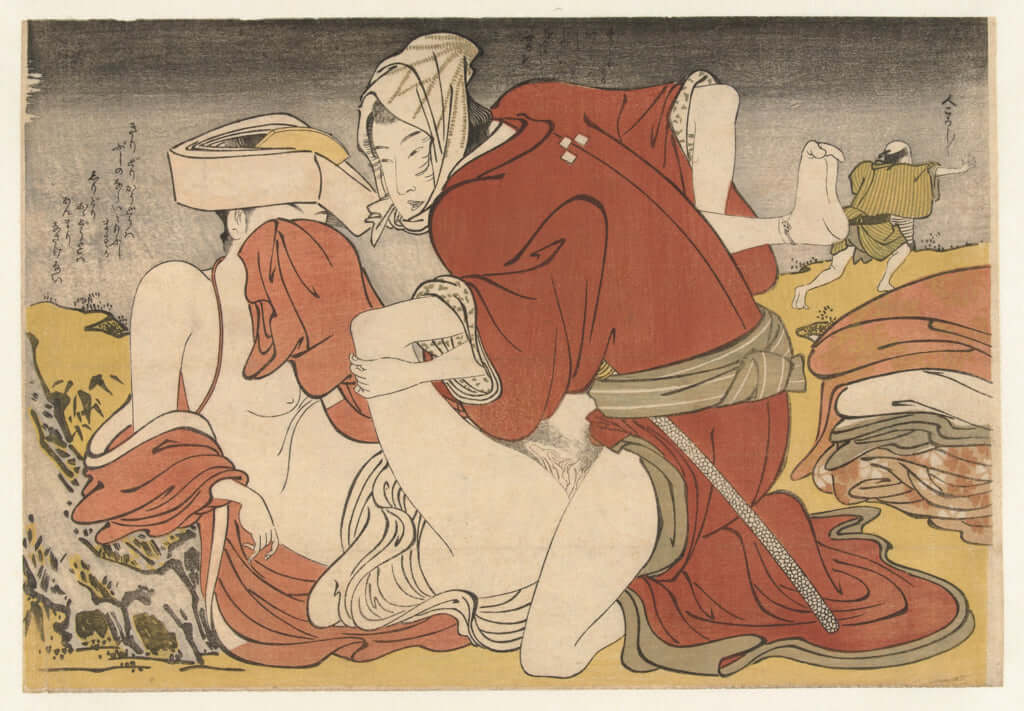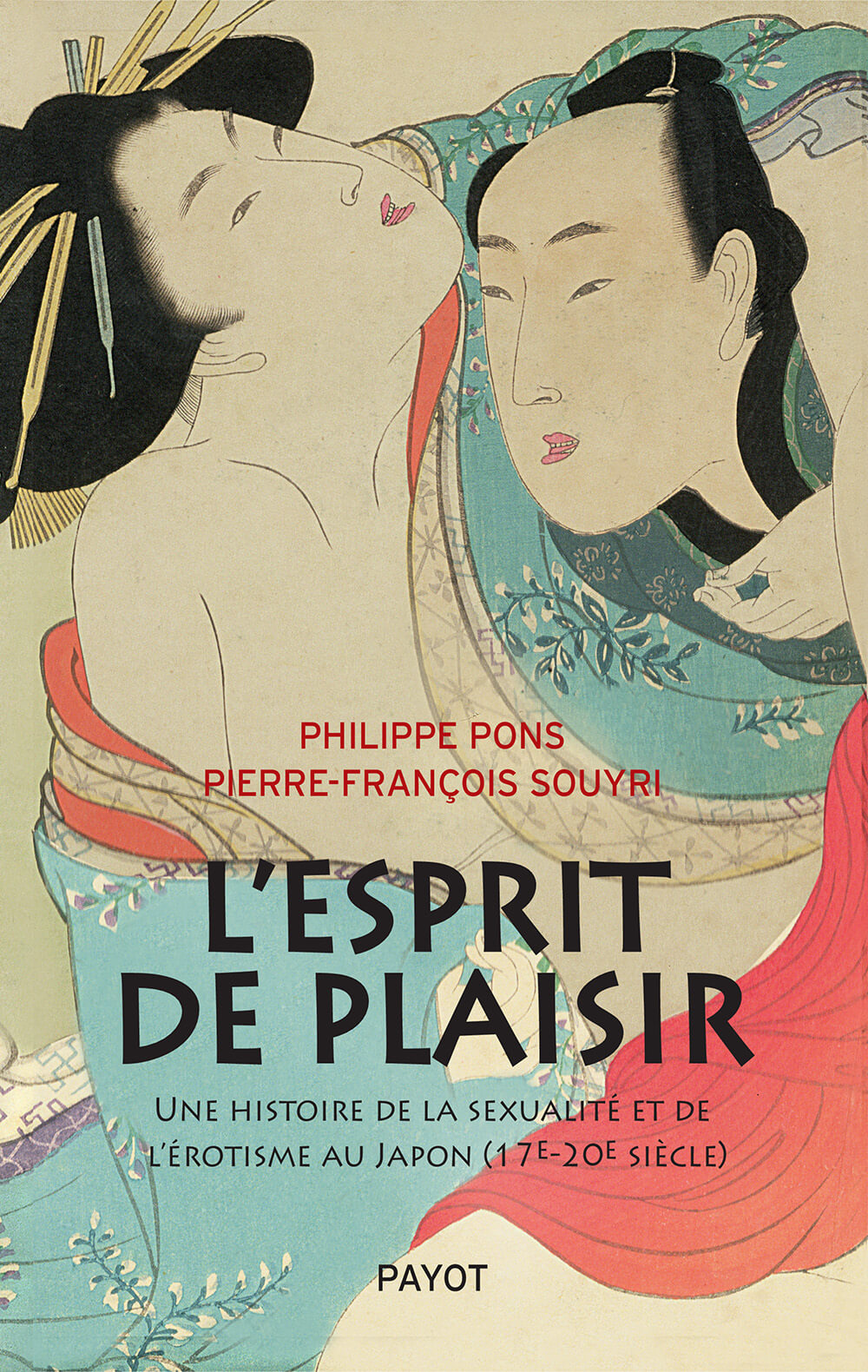‘The Spirit of Pleasure’, a Glimpse into Eroticism in Japan
From the cult of the samurai to that of geisha and the tightening of conventions, this essay traces the history of hedonism in Japan.

© Rijksmuseum
Supported by a multitude of textual and pictorial references, L’esprit de plaisir — Une histoire de la sexualité et de l’érotisme au Japon (‘The Spirit of Pleasure — A History of Sexuality and Eroticism in Japan’) deciphers the evolution of the perception of the body and desire over the centuries in Japan. The book, the joint work of Philippe Pons, Tokyo correspondent for Le Monde, and Pierre-François Souyri, honorary professor at the University of Geneva and specialist in Japanese history, takes care to avoid examining Japanese customs and behaviour through a westernising lens.
The book begins in the 17th century, when the virile figure of the samurai was the object of both female and male desire. This sanctified warrior’s body gradually lost its lustre as Japanese society’s relationship with writing became stronger. The late 18th century marked the decline in fondness for prominent muscles coupled with unbridled machismo, and gave way to an attraction towards educated men with a more subtle sensuality.
The authors also address nudity, which is not in itself considered erotic in Japan. Because of baths, which are shared by men, women, and children, the naked body is not linked to sexual imagery. This is demonstrated by the low representation of fully naked bodies in erotic shunga engravings. Beneath the fabric, in what is hidden from sight, is where Japanese eroticism lies. This eroticism is far from being taboo, and the book explains that erotic and pornographic engravings were looked at as a family, with an educational aim.
A tightening up of attitudes in the Meiji era
The Meiji era (1868-1912) saw a tightening of this relaxed attitude as Japan opened up to the world. The modernisation of the country also involved the body being controlled. With the arrival of people from the West, codes were shaken up and a Puritan model in the same vein as the Victorian movement emerged, repressing nudity, homosexuality, and pleasure. Thus, the West shaped the new erotic imagination in Japan, before society relaxed in the 1920s with the emergence of modern girls and the return of a relative sexual freedom.
The book comes to a close in the late 1950s, coinciding with the closure of pleasure quarters in Japan where courtesans reigned, reshuffling the cards of paid-for sex. L’esprit de plaisir — Une histoire de la sexualité et de l’érotisme au Japon sheds light not only on the evolution of Japanese society, but also on the impact the West had on the perception and exercising of eroticism in Japan.
L’esprit de plaisir — Une histoire de la sexualité et de l’érotisme au Japon (2020) (‘The Spirit of Pleasure — A History of Sexuality and Eroticism in Japan’), by Philippe Pons and Pierre-François Souyri, is published by Payot Rivages (currently unavailable in English).

© Payot Rivages
TRENDING
-
A House from the Taisho Era Reveals Its Secrets
While visiting an abandoned building, Hamish Campbell discovered photographs the owner had taken of the place in the 1920s.

-
The Taboo-Breaking Erotica of Toshio Saeki
The master of the 1970s Japanese avant-garde reimagined his most iconic artworks for a limited box set with silkscreen artist Fumie Taniyama.

-
With Meisa Fujishiro, Tokyo's Nudes Stand Tall
In the series 'Sketches of Tokyo', the photographer revisits the genre by bringing it face to face with the capital's architecture.

-
Masahisa Fukase's Family Portraits
In his series ‘Family’, the photographer compiles surprising photos in which he questions death, the inescapable.

-
Hajime Sorayama's Futuristic Eroticism
The illustrator is the pioneer for a form of hyperrealism that combines sensuality and technology and depicts sexualised robots.





